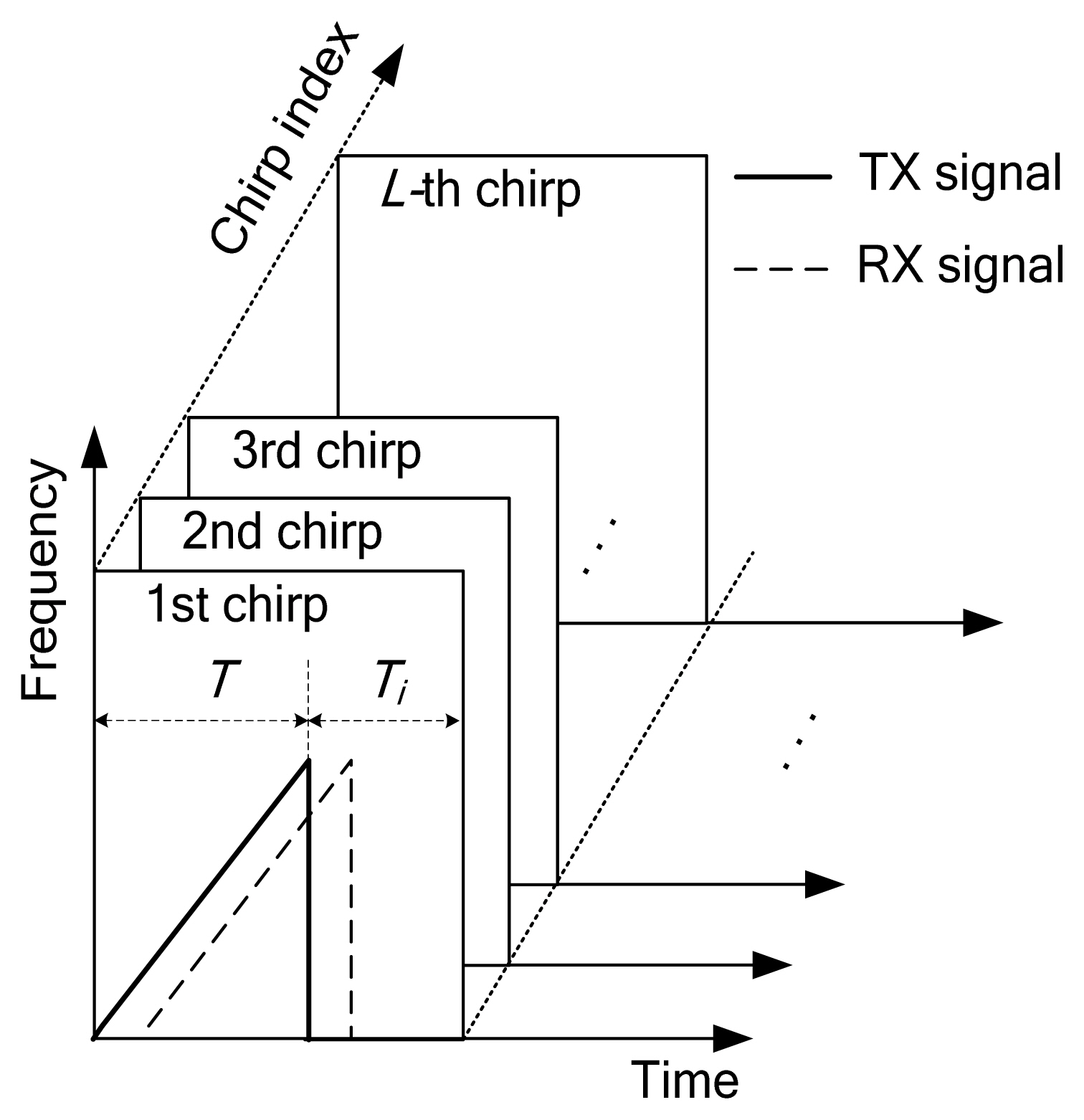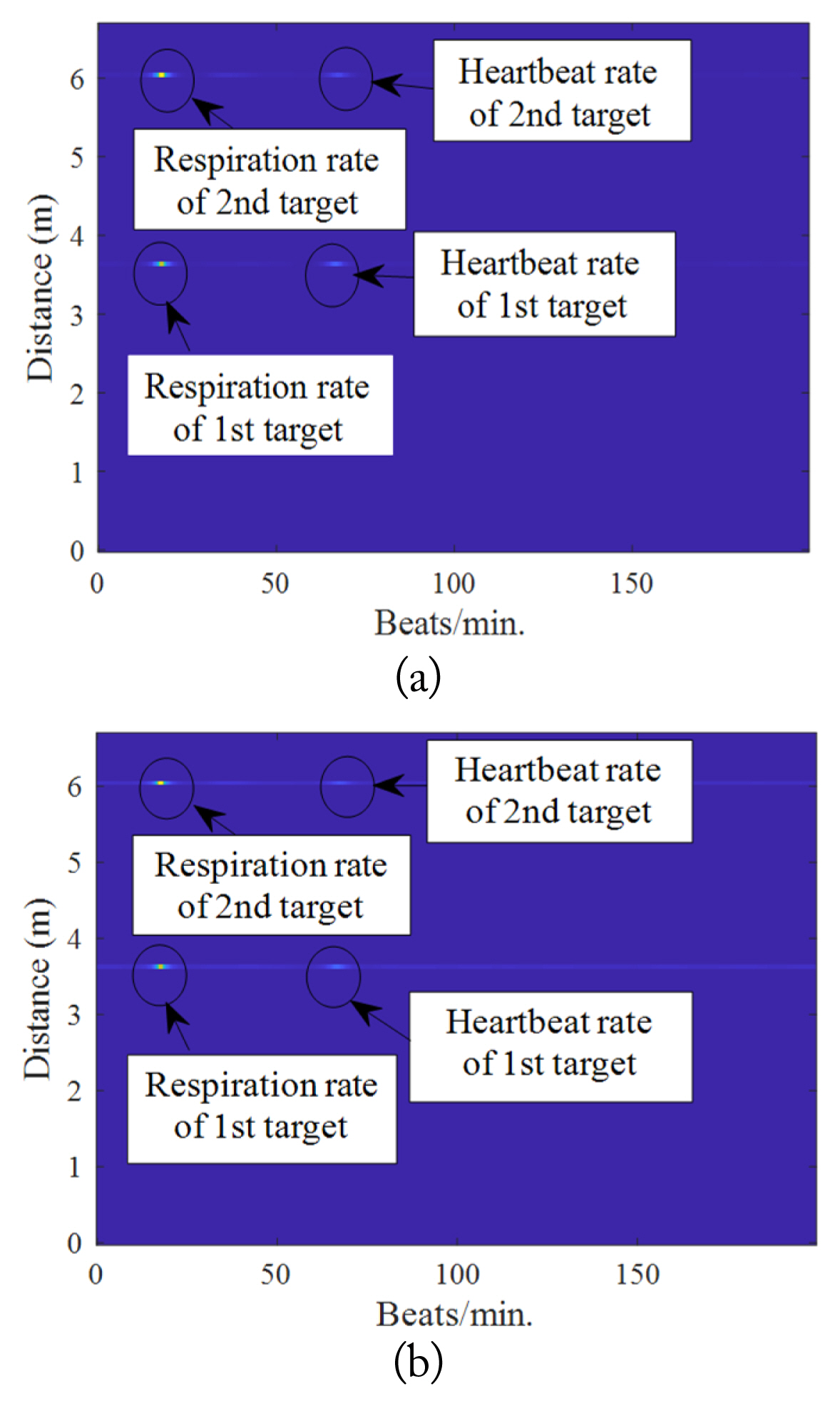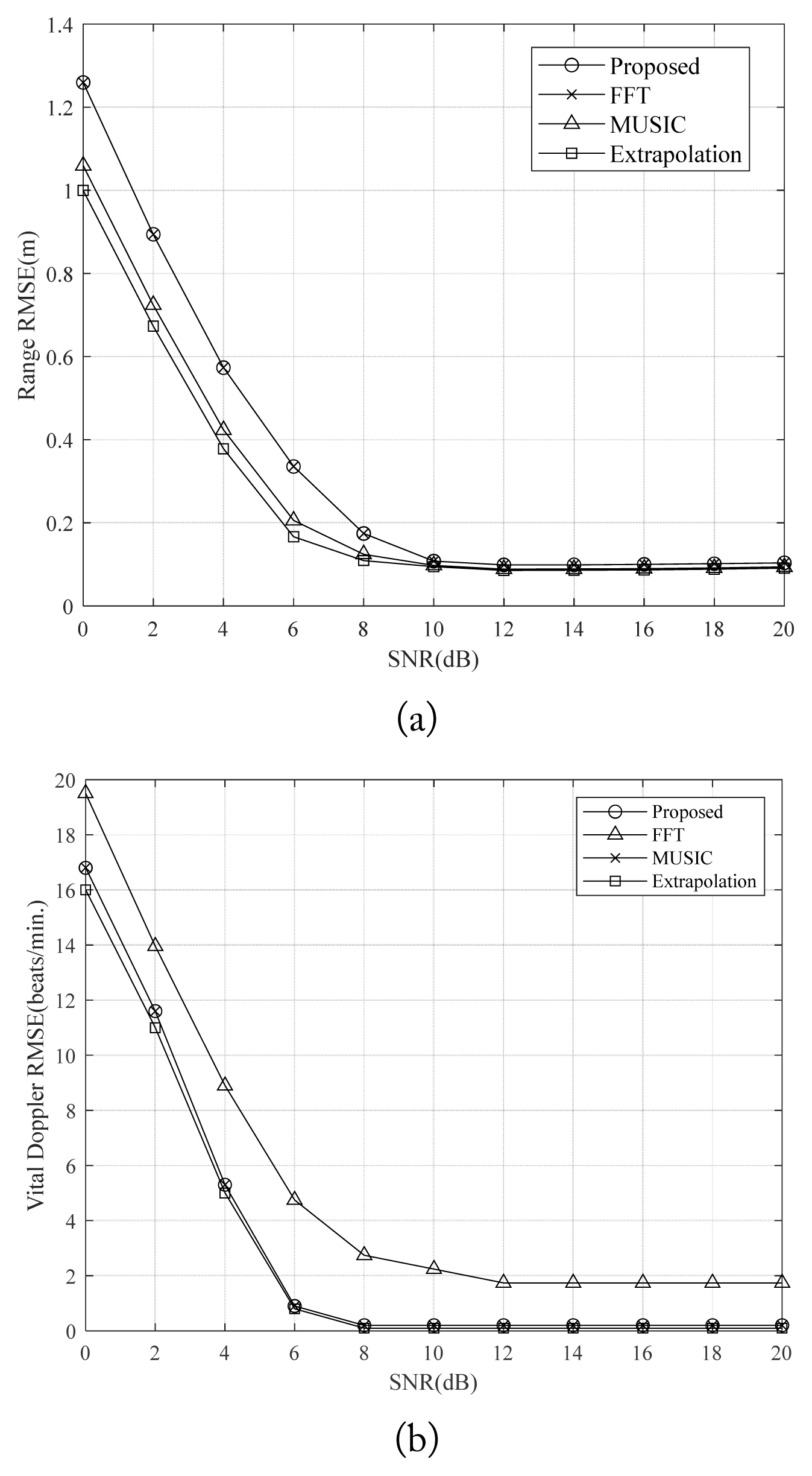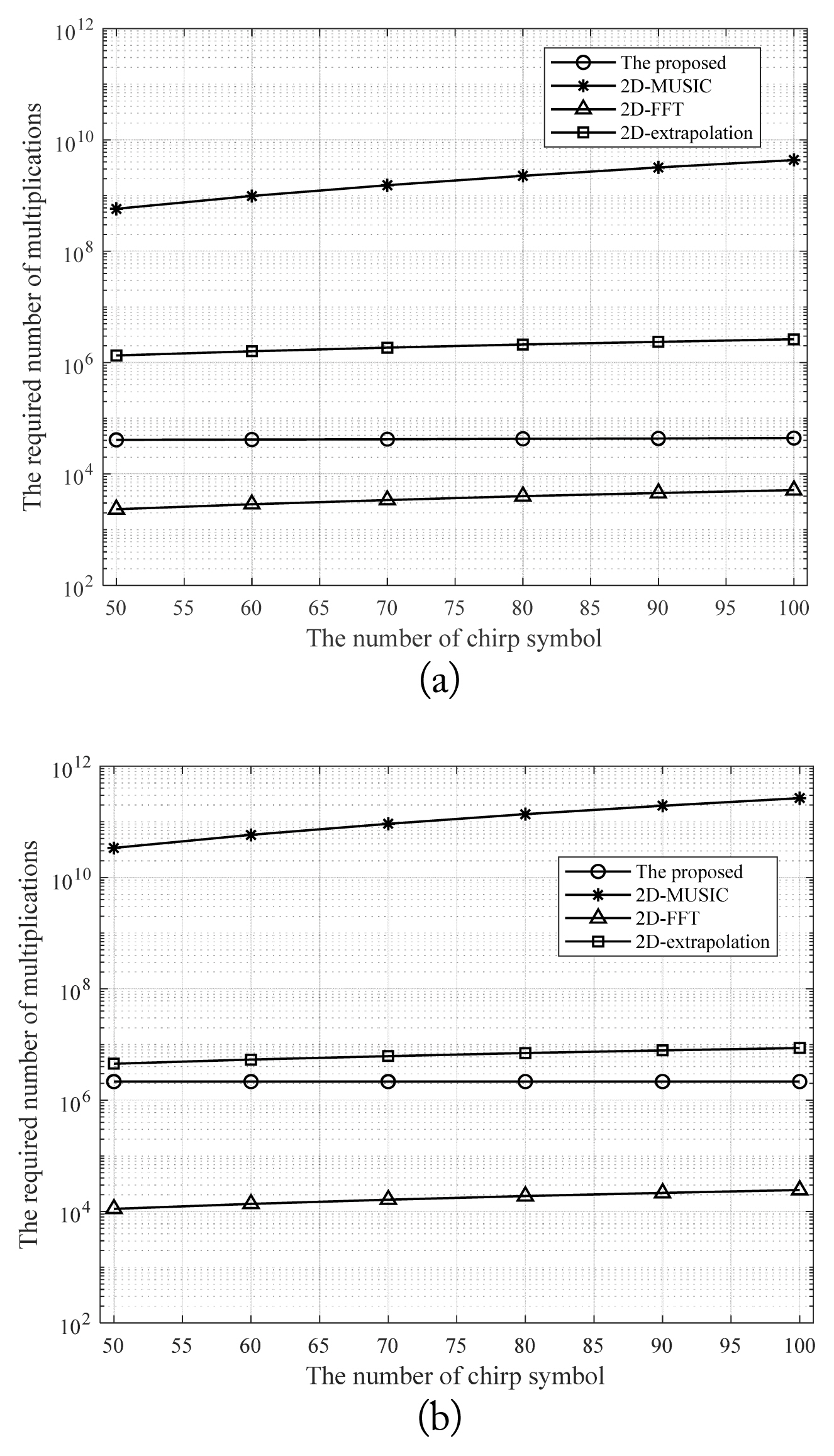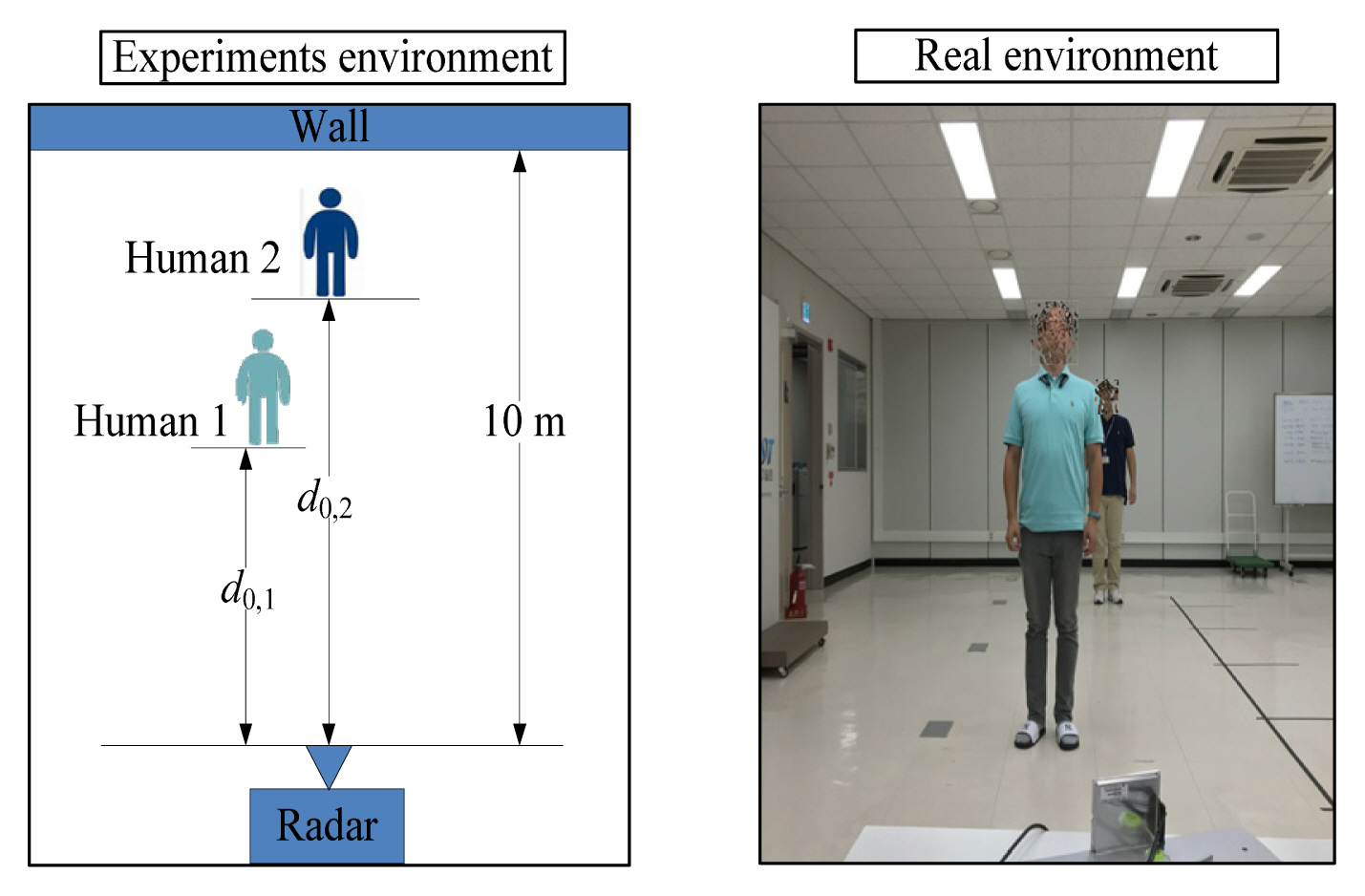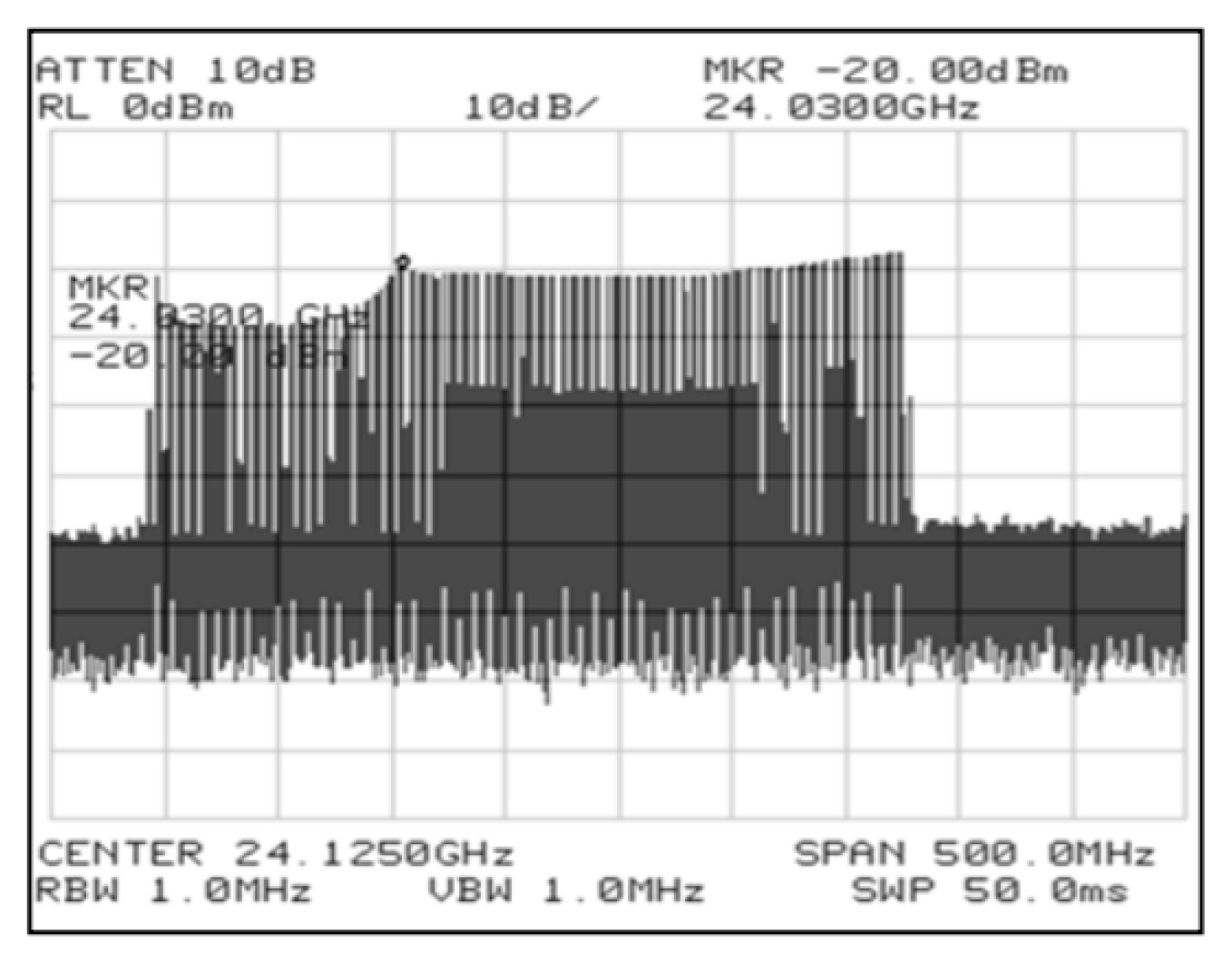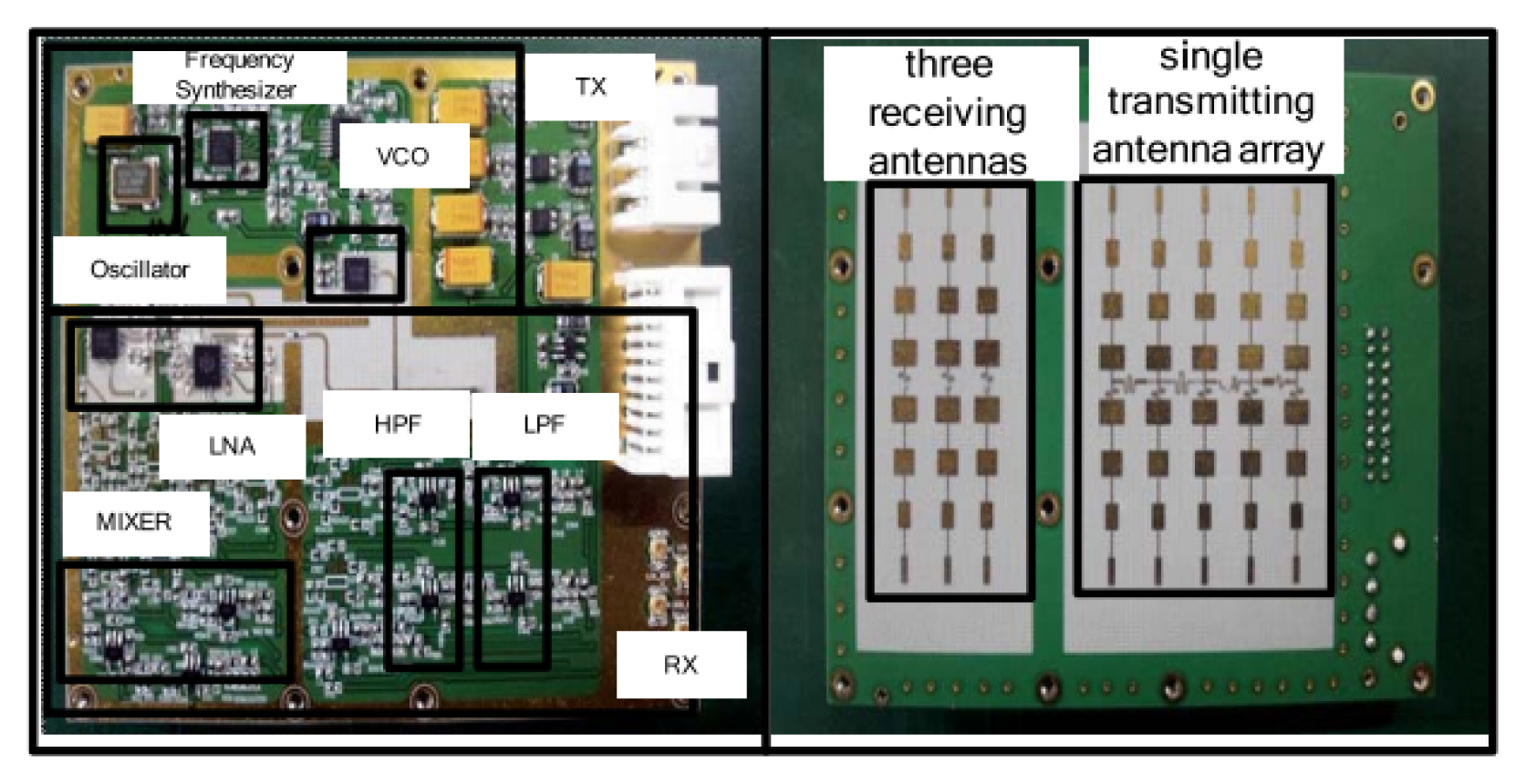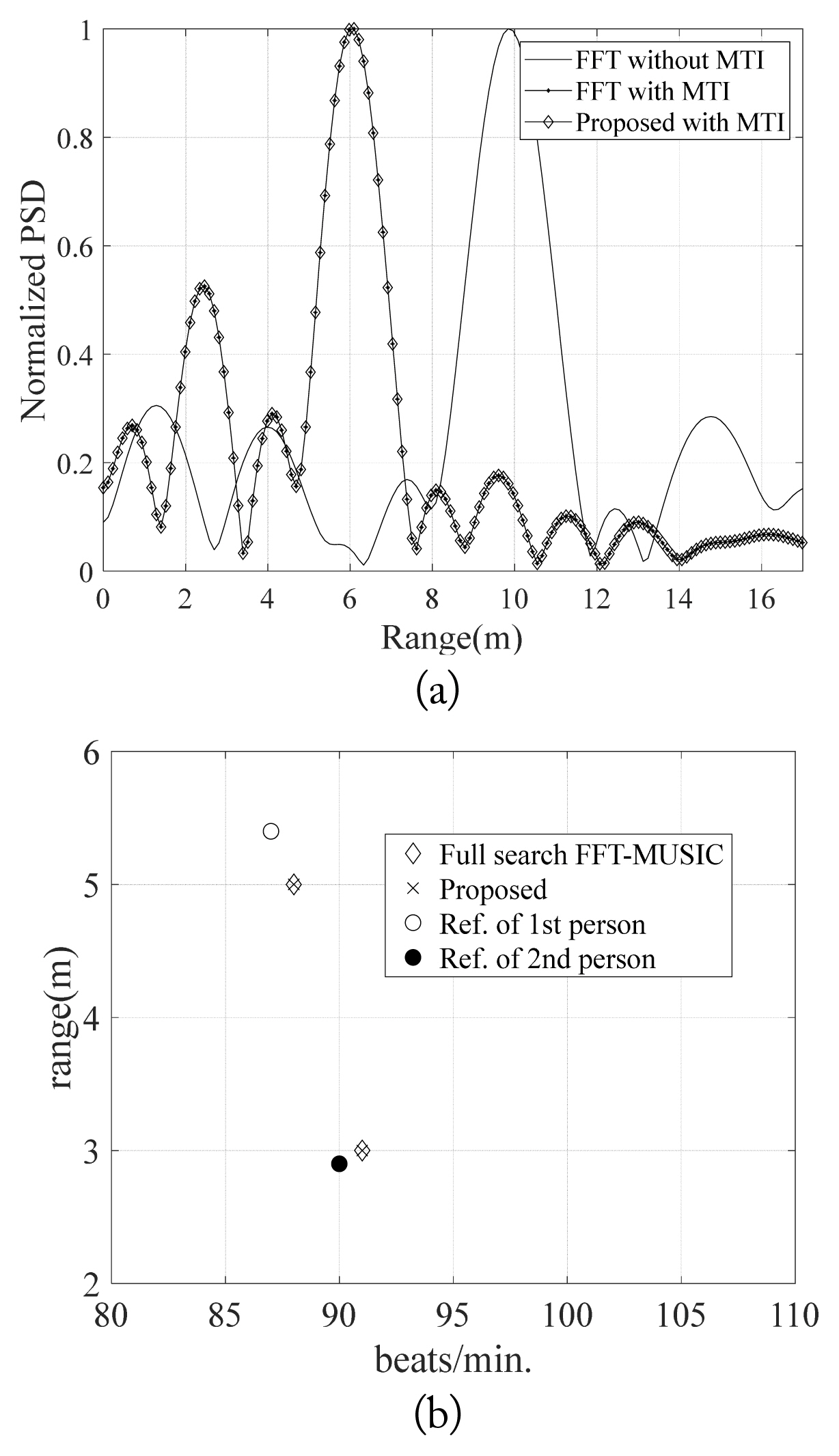1. C Li and J Lin, "Random body movement cancellation in Doppler radar vital sign detection,"
IEEE Transactions on Microwave Theory and Techniques, vol. 56, no. 12, pp. 3143ŌĆō3152, 2008.

2. Z Peng and C Li, "Portable microwave radar systems for short-range localization and life tracking: a review,"
Sensors, vol. 19, no. 5, article no 1136, 2019.
https://doi.org/10.3390/s19051136

3. L Sun, Y Li, H Hong, F Xi, W Cai, and X Zhu, "Superresolution spectral estimation in short-time non-contact vital sign measurement,"
Review of Scientific Instruments, vol. 86, no. 4, article no 044708, 2015.
https://doi.org/10.1063/1.4916954

4. JC Lin, "Noninvasive microwave measurement of respiration,"
Proceedings of the IEEE, vol. 63, no. 10, pp. 1530ŌĆō1530, 1975.

5. KM Chen, D Misra, H Wang, HR Chuang, and E Postow, "An X-band microwave life-detection system,"
IEEE Transactions on Biomedical Engineering, vol. 33, no. 7, pp. 697ŌĆō701, 1986.


6. C Li, Y Xiao, and J Lin, "Experiment and spectral analysis of a low-power Ka-band heartbeat detector measuring from four sides of a human body,"
IEEE Transactions on Microwave Theory and Techniques, vol. 54, no. 12, pp. 4464ŌĆō4471, 2006.

7. JC Lin, "Microwave sensing of physiological movement and volume change: a review,"
Bioelectromagnetics, vol. 13, no. 6, pp. 557ŌĆō565, 1992.


8. KM Chen, Y Huang, J Zhang, and A Norman, "Microwave life-detection systems for searching human subjects under earthquake rubble or behind barrier,"
IEEE Transactions on Biomedical Engineering, vol. 47, no. 1, pp. 105ŌĆō114, 2000.


9. Z Peng, JM Munoz-Ferreras, Y Tang, C Liu, R Gomez-Garcia, L Ran, and C Li, "A portable FMCW interferometry radar with programmable low-IF architecture for localization, ISAR imaging, and vital sign tracking,"
IEEE Transactions on Microwave Theory and Techniques, vol. 65, no. 4, pp. 1334ŌĆō1344, 2017.

10. D Oh and JH Lee, "Low-complexity range-azimuth FMCW radar sensor using joint angle and delay estimation without SVD and EVD,"
IEEE Sensors Journal, vol. 15, no. 9, pp. 4799ŌĆō4811, 2015.

11. X Zhang and D Xu, "Low-complexity ESPRIT-based DOA estimation for colocated MIMO radar using reduced-dimension transformation,"
Electronics Letters, vol. 47, no. 4, pp. 283ŌĆō284, 2011.

12. X Nie and L Li, "A computationally efficient subspace algorithm for 2-D DOA estimation with L-shaped array,"
IEEE Signal Processing Letters, vol. 21, no. 8, pp. 971ŌĆō974, 2014.

13. S Kim, D Oh, and J Lee, "Joint DFT-ESPRIT estimation for TOA and DOA in vehicle FMCW radars,"
IEEE Antennas and Wireless Propagation Letters, vol. 14, pp. 1710ŌĆō1713, 2015.

14. P Stoica and A Nehorai, "MUSIC maximum likelihood, and Cramer-Rao bound: further results and comparisons,"
IEEE Transactions on Acoustics, Speech, and Signal Processing, vol. 38, no. 12, pp. 2140ŌĆō2150, 1990.

15. CL Liu and PP Vaidyanathan, "Remarks on the spatial smoothing step in coarray MUSIC,"
IEEE Signal Processing Letters, vol. 22, no. 9, pp. 1438ŌĆō1442, 2015.

16. S Kim, BS Kim, Y Jin, and J Lee, "Extrapolation-RELAX estimator based on spectrum partitioning for DOA estimation of FMCW radar,"
IEEE Access, vol. 7, pp. 98771ŌĆō98780, 2019.





